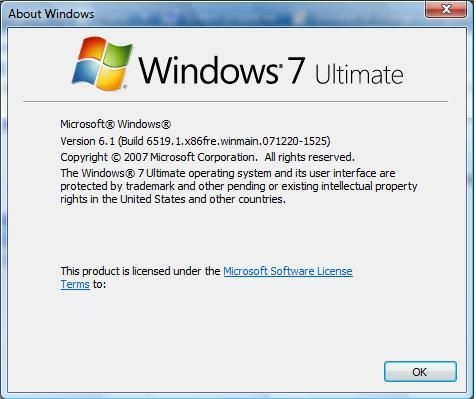Posted by: Samker
« on: 27. May 2008., 18:31:16 »
Windows Vista is an operating system defining of how Microsoft will shape Windows 7. According to Steven Sinofsky, Senior Vice President, Windows and Windows Live Engineering Group, the way to Windows 7 started from Windows Vista and went on to also integrate the evolution delivered with Windows Server 2008. In this context, Microsoft regards Vista as the foundation on which it built not only Windows Server 2008 but
that would also be at the basis of Windows 7.
The intimate connection between Windows Vista and Windows Server 2008 was made clear when new builds of the client and server platforms were released to manufacturing on February 4, 2008, labeled as Service Pack 1. The Redmond company explained at that time that the code base for Vista SP1 and Windows Server 2008 SP1 is virtually the same. This synchronization strategy between server and client operating systems will continue as Microsoft moves forward with the releases of Windows 7 Server and Windows 7.
But for the time being, Microsoft indicated that the architectural investments it introduced with Vista RTM, taking one step further with SP1 and Windows Server 2008, will again reach a new level of evolution with Windows 7. In terms of subsystems of the operating system including graphics, audio and storage, expect Microsoft to rather refine the Windows Vista experience than introduce something completely new.
"Windows Vista established a very solid foundation, particularly on subsystems such as graphics, audio, and storage. Windows Server 2008 was built on that foundation and Windows 7 will be as well," explained Christopher Flores, Director Windows Communications. In this respect, consumers that failed to bite the bullet with Windows Vista, even after the RTM and upgrade from a previous version of the platform, are guaranteed a taste of the product with Windows 7.
News Source: SoftPedia



 Total Members: 14176
Total Members: 14176





